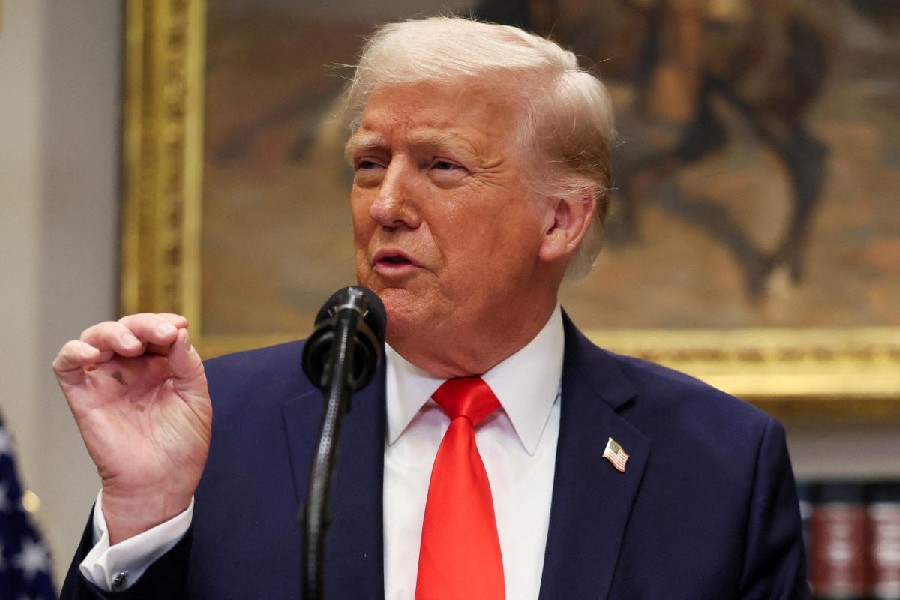Sir — It could well have been a moment of frustration over Chinese transgressions or perhaps an idea whose time has come that led the prime minister to propose that India could become a toy-manufacturing hub. Few of us have thought of toys as serious business; toy-making is still largely a cottage industry whose consumers are primarily domestic. There was a time when children used their imagination to conjure up magical toys from broken odds and ends lying around the house. But as income levels went up, fancy toys filled the market. The toy market in India was worth over $1.75 billion in 2019, and is expected to grow to $3.3 billion by 2024. But most of these toys are made overseas and imported.
Now that toy-making is being taken more seriously we need to focus on two important issues. The first is to create a support grid of financial, marketing and technical assistance for the toy sector. More importantly, children-friendly designs, comprehensive policies to protect children from abuse or exposure to adult content, and rigorous checks to ensure quality control for each and every toy must be put in place. India must remember that we are beginners in this niche market, and consumer safety and satisfaction will be paramount. It is thus heartening that the BIS compliance for toy manufacturers and importers or the Toys (Quality Control) Order, 2020 came into force earlier this month. But much remains to be done if India is to make its mark in the toy-making industry that is dominated by the likes of China, the United States of America and Europe.
R. Narayanan
Navi Mumbai
Sir — At present, China dominates the Indian toy industry with a share of almost 75 per cent products sold in the country. Narendra Modi’s call to change this has brought much cheer to toy companies. But India must not follow the Chinese model blindly. Let us not forget that Chinese toys — even if one were to set aside concerns about their quality — are made overwhelmingly from plastic or other polluting substances. India, on the other hand, has a rich tradition of toys that are environment-friendly.
Kaather putul, taal-paatar shipai, maatir phol ar shobji, lattu — these are just a few of the attractions that we looked forward to as children. The rather mela was the destination to procure such novelties. There was also a range of toys like the gulti, gilli danda and lagori that encouraged children to play outdoors, while other games like chaupad or chauka bara enhanced critical thinking. These, and not plastic trinkets, should be the focus of India’s toy-manufacturing initiatives. If we are to go vocal for local, we must also source our ideas and their creators locally.
If undertaken seriously, this push for the toy industry could bring a lot of local artisans and craftsmen out of poverty. Currently, such indigenous toys have become collector’s items sold in high-end emporiums to tourists at cut-throat prices. But the people who actually make these toys see very little of the profit. They are cheated by middlemen and on occasion even the State of both earnings and recognition. Developing India as a toy-manufacturing hub has the potential to change this situation.
A.K. Sen
Calcutta
Wasted resource
Sir — A survey shows that the pandemic and an extended monsoon are costing Indians dearly. Apparently, 73 per cent households are spending more on essential items but getting less value for money than they did before the pandemic. While part of this is owing to the increased cost of fruits and vegetables owing to floods in many areas, one reason for this is also the enormous amount of food that is wasted in our kitchens every day. If we use every part of the produce we buy — peels and all — we could essentially decrease expenditure by making what we buy last longer and also avoid food shortage.
Roshni Sen
Calcutta
Parting shot
Sir — It was exciting to hear that Bangladesh has lifted the ban on the export of hilsa to India. Perhaps now Bengalis will finally be able to taste the glorious fish without feeling a steep pocket pinch.
Nilanjan Majumdar
Calcutta











